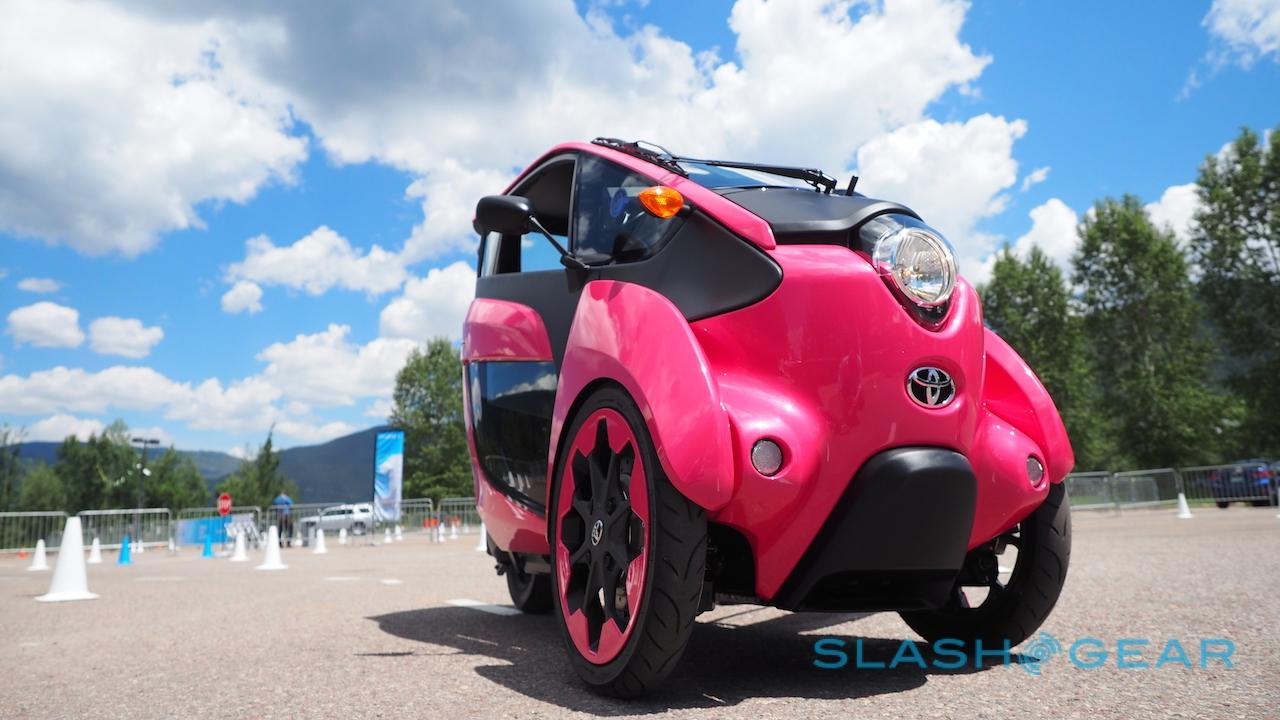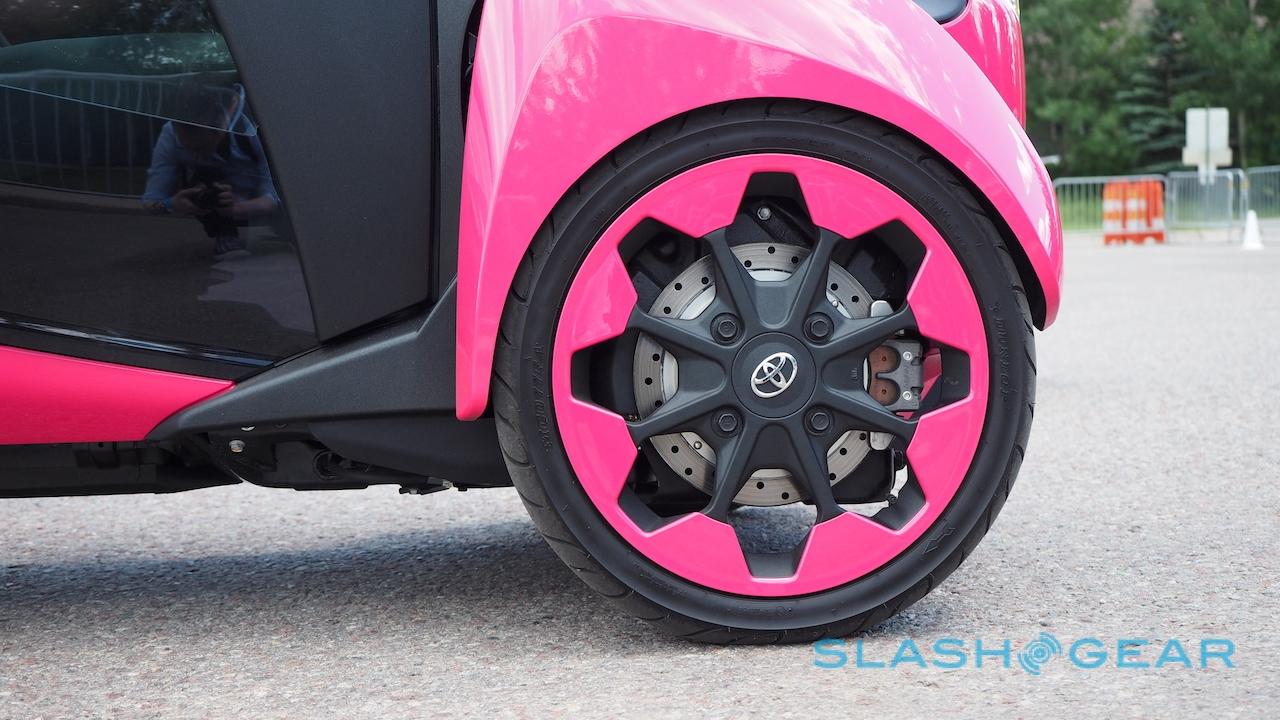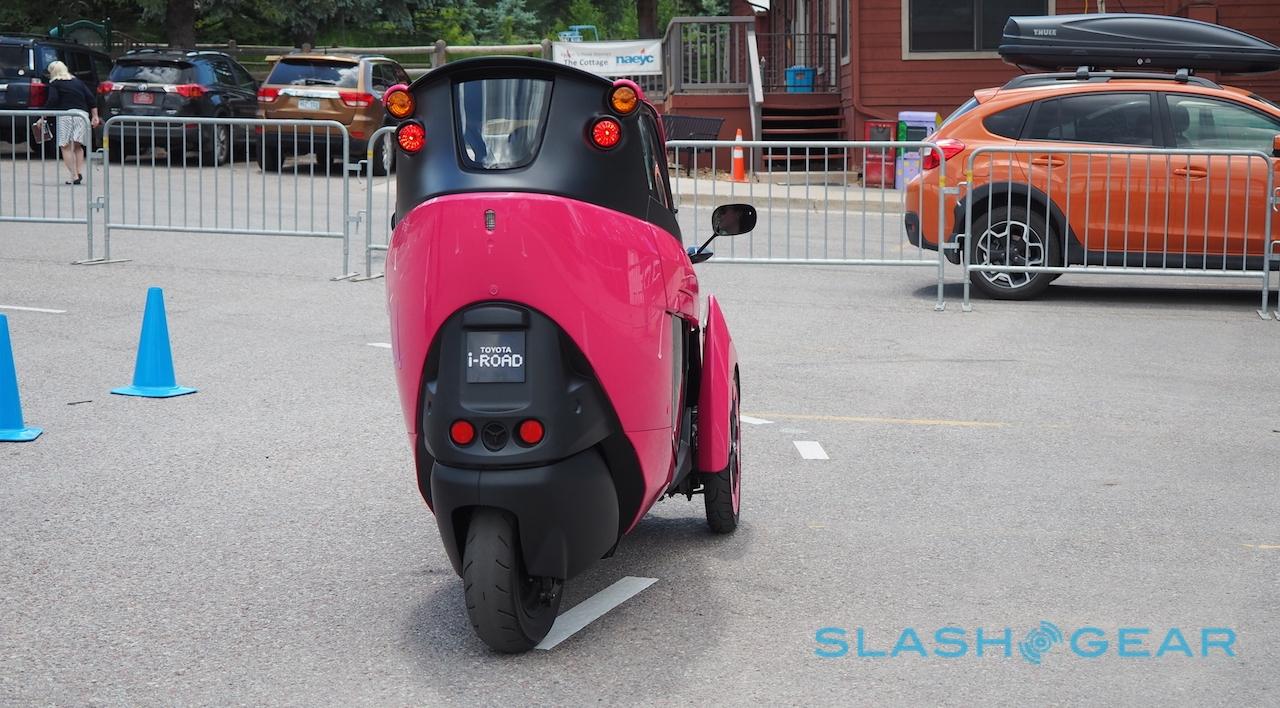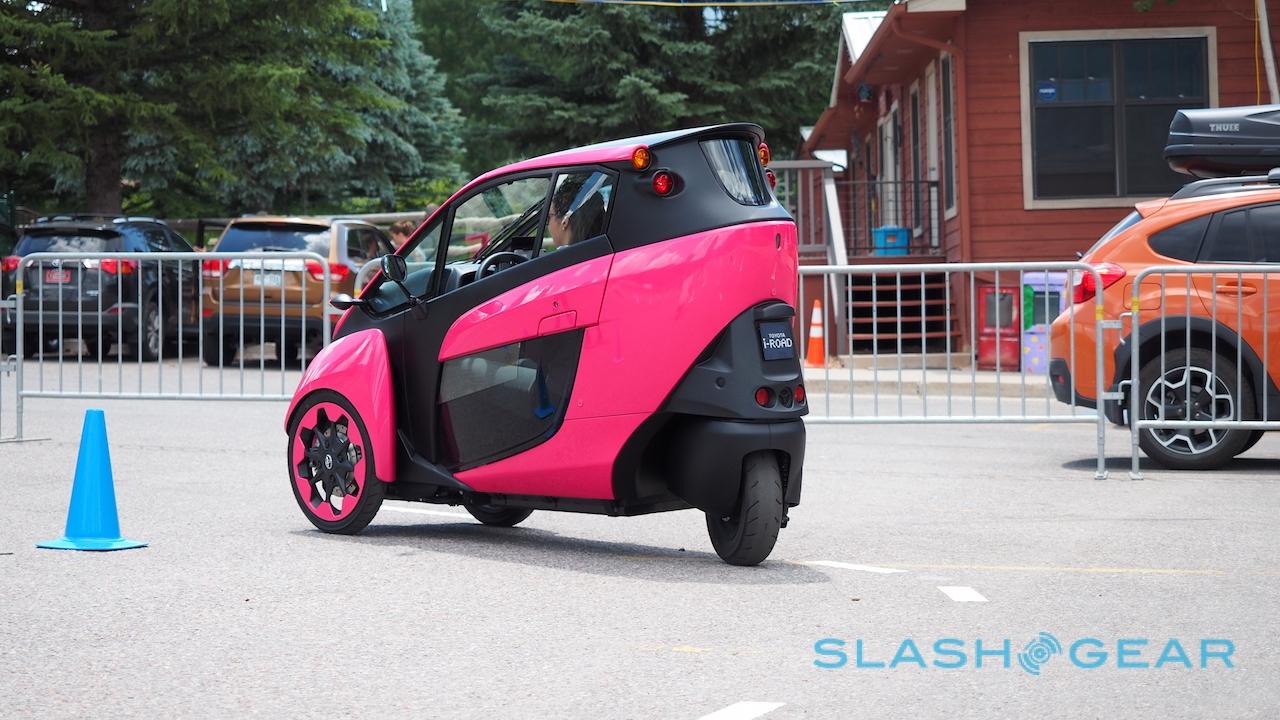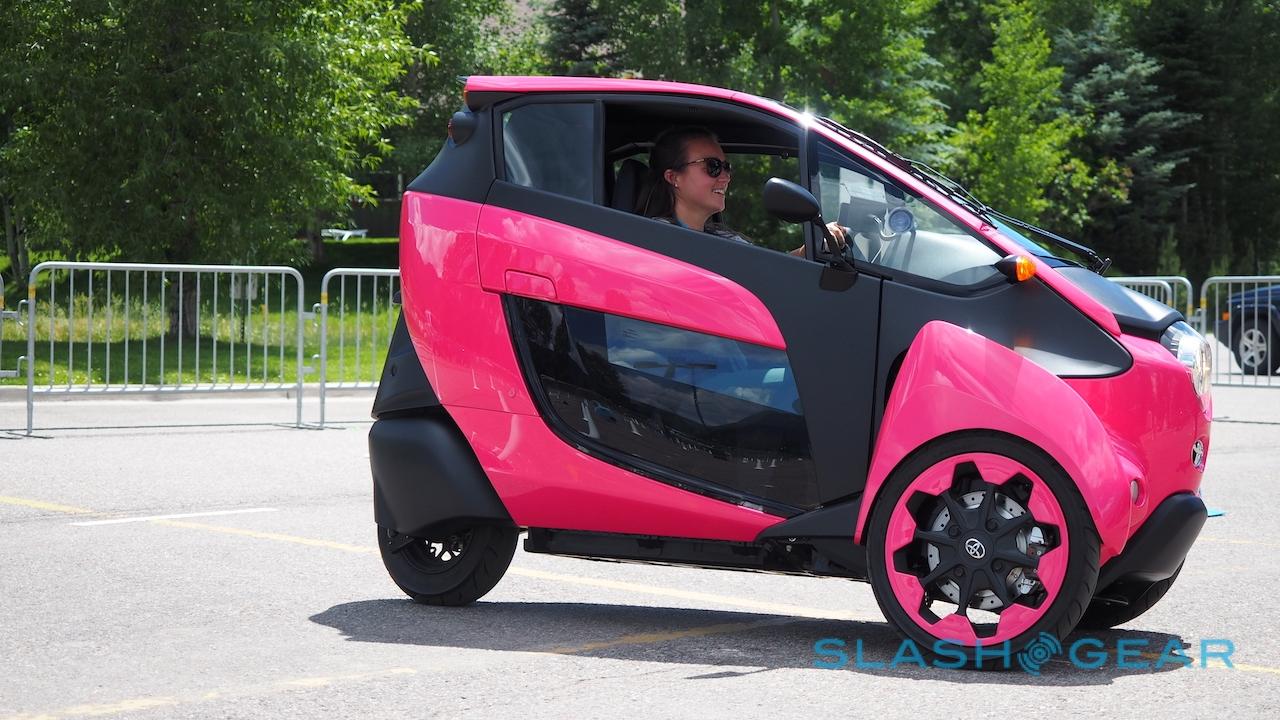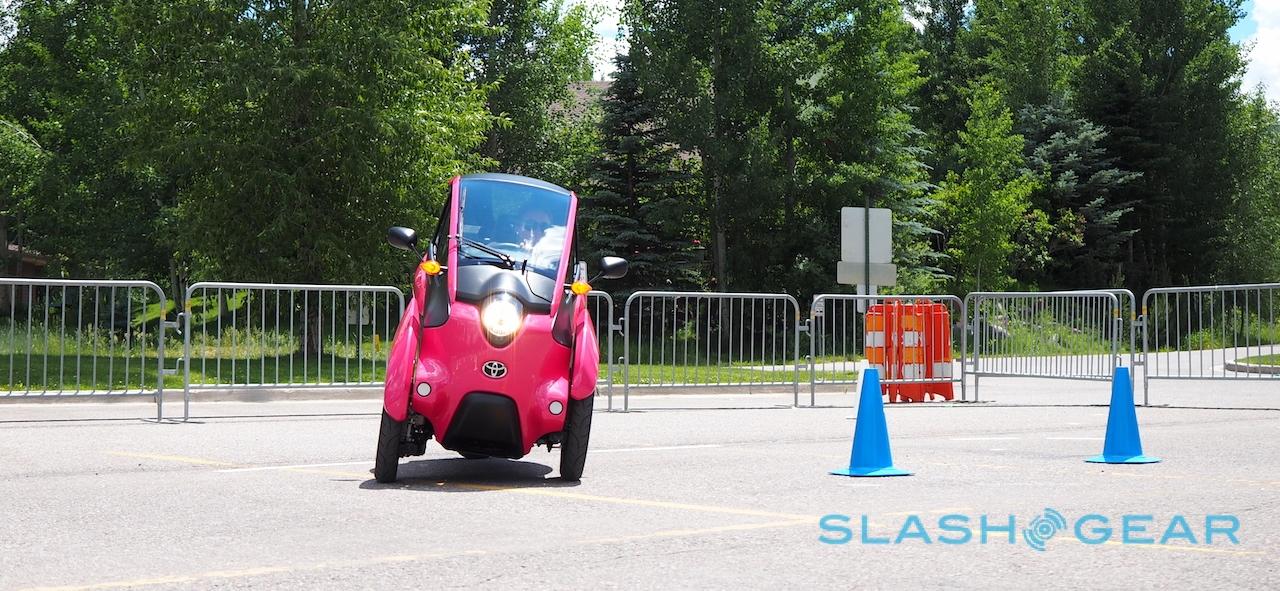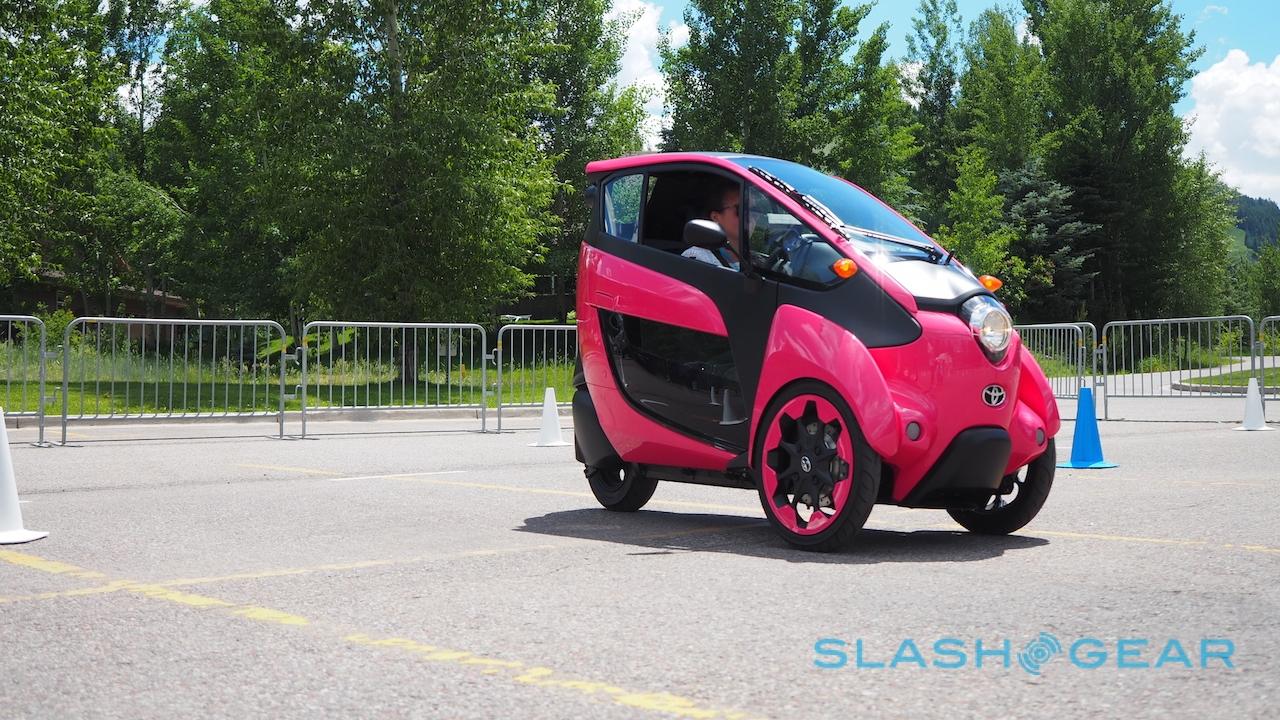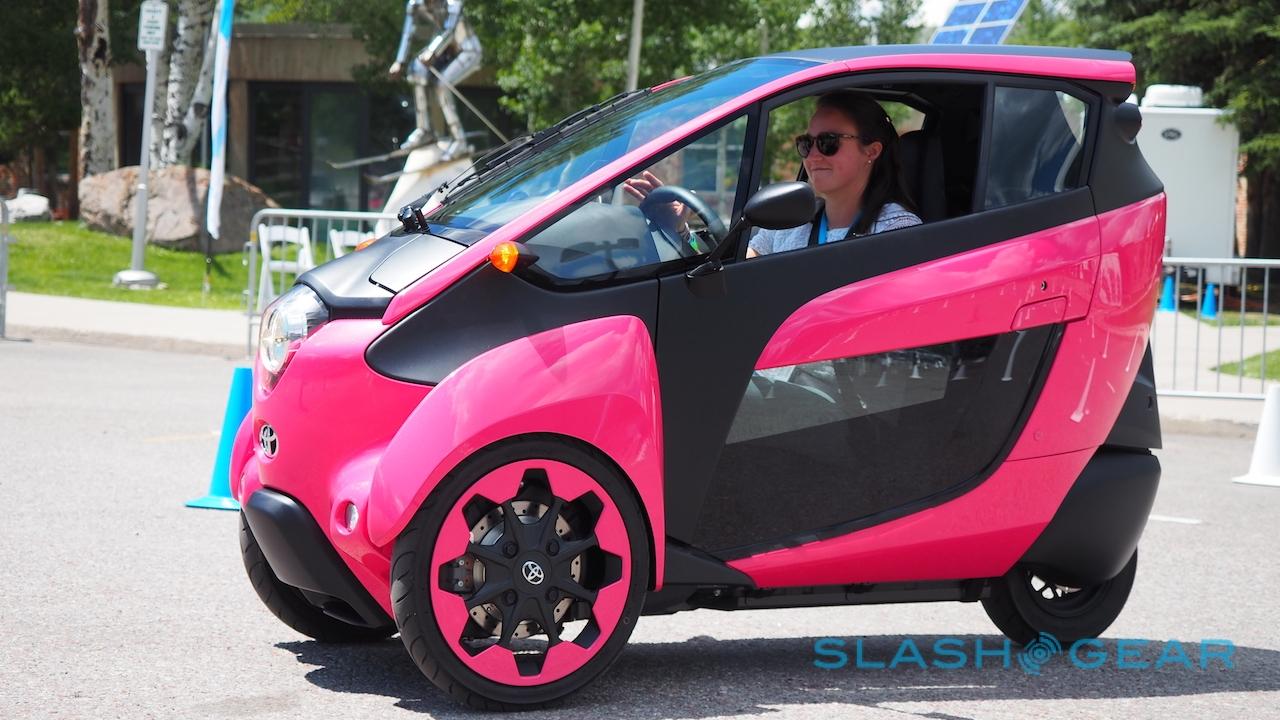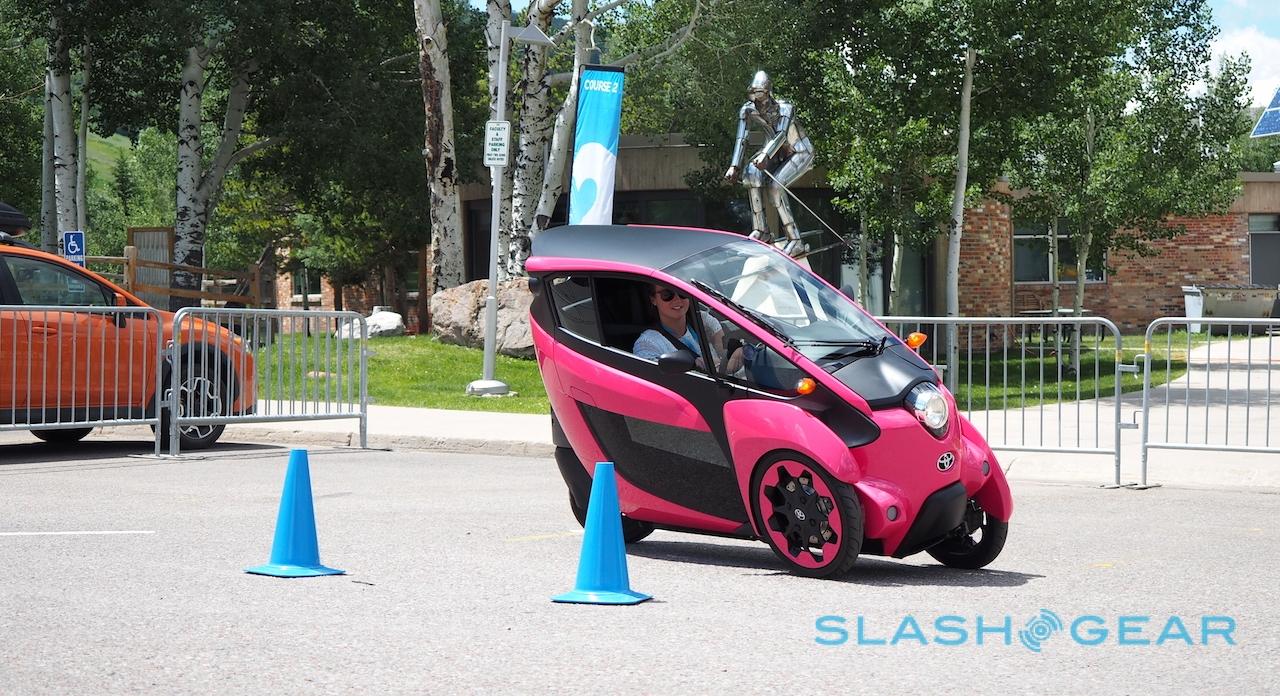Toyota's Crazy Tilting EV Underlines What's Wrong With US Cities
"You're not going to topple over," I overhear a patient Toyota rep explaining to a nervous i-ROAD test-driver, "just have fun." Two minutes later, that same anxious pilot is throwing the tilting trike around a fiercely twisting course of cones with gleeful abandon, the electric motor whirring eagerly while the front wheels hinge up and down like the claws of a praying mantis. A bright pink praying mantis, at that. Smiles-per-mile, then, the i-ROAD is ahead of the pack even given its minimal 30 mile range. Problem is, it's not individual drivers that Toyota has to convince.
It's not my first time behind the wheel of the i-ROAD, though the tilting three-wheeler's oddball driving dynamics never fail to surprise you. The most obvious difference from a regular car is the way the front wheels articulate to angle you as you go around corners, the exact degree of tilt depending on how aggressively you're whirring along.
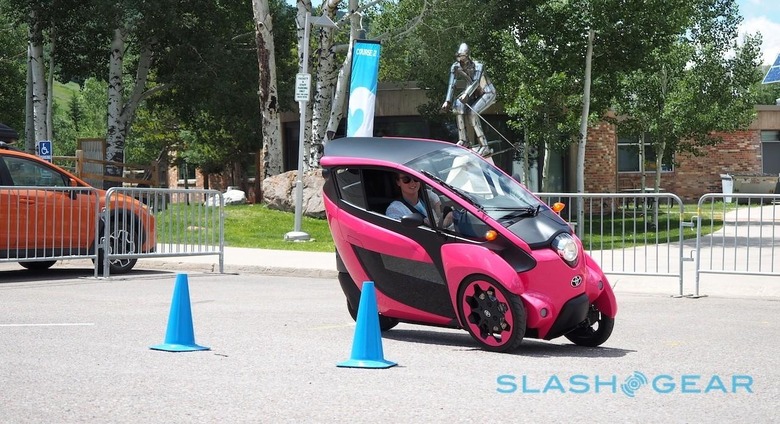
However, the rear wheel deserves a mention, too. That's mounted on a twisting pivot similar in a sense to a shopping cart wheel, and it means the back-end of the i-ROAD can push out almost sideways as you turn.
Combined it makes for a disconcerting ride, at least initially, with the sensation that you're always about to topple over. Toyota insists that's never actually going to happen, and the i-ROAD gives an angry buzz through the wheel when you reach the limit of the tilt.
A moment of acclimatization, however, and most drivers find themselves throwing the electric trike around. It feels faster than it is, and the whine of the engine isn't going to rival a Harley-Davidson for a road-trip soundtrack, but there's a lot to love about simply stabbing the "Drive" button, hitting the accelerator, and feeling the little pod-car surge forward.
In fact, the biggest issue with the i-ROAD is that you can't actually buy one. Toyota has run two trial schemes in Japan and one in France, offering a limited number of drivers access to the three-wheeler in a car-sharing scheme style, but though it held demonstrations in a few US cities, they've always been on private parking lots.
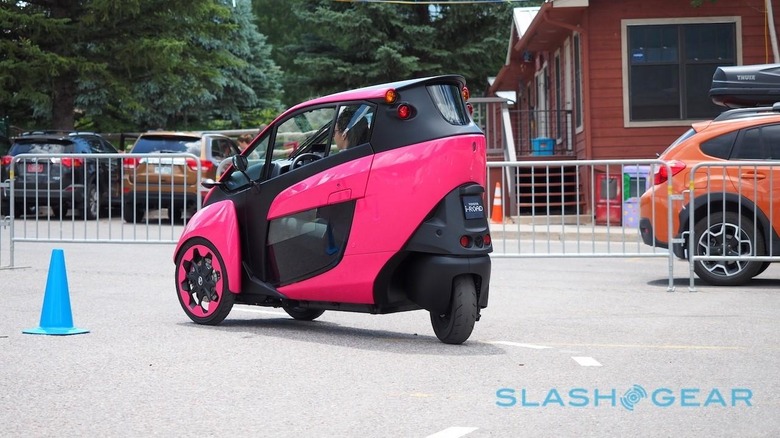
That's because, right now, there's no US government approval for taking i-ROAD on public highways. It falls between a few different categories: not quite a car, thanks to its low power, 37 mph limited top speed, and three wheels, but at the same time not quite a bike, given the hard top and no requirement for a helmet.
Toyota is still in discussions with regulators, paving the way for a possible US launch, but the company tells me that while they're getting "positive vibes, thus far," things are still very much "in the works."
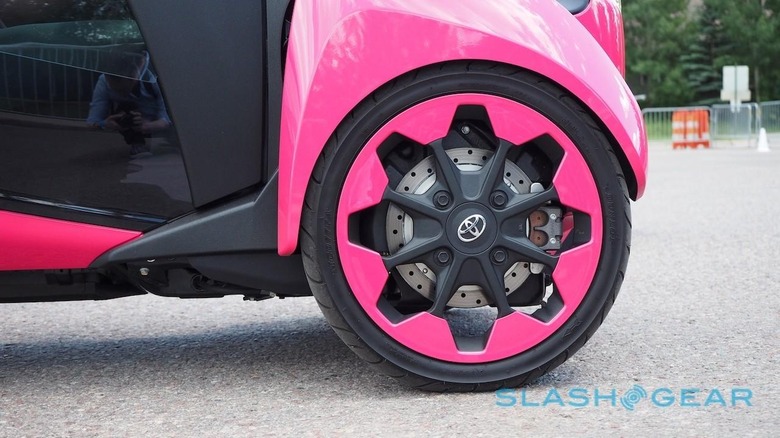
It's not an issue limited to the i-ROAD of course, and it represents a lingering issue in urban transportation that lawmakers have so far failed to keep up with. Efforts to move drivers to more environmentally-friendly ways of getting around cities – whether that be public transit, city bike schemes, car-sharing, or something else – are stumbling because the most innovative ways of delivering a joined-up journey aren't road-legal.
Nobody is suggesting i-ROAD would be a replacement for the family car, or for cross-country road trips (or even buzzing over to the next city). As a last-mile option, however, from the tram station or wherever your bus deposits you, a bank of EVs you rent by the minute makes a lot of sense.
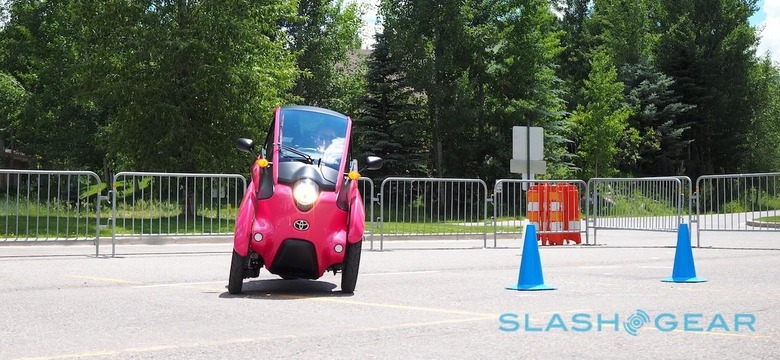
As startups like Gogoro have demonstrated, there's a solid argument for embedding electric transportation and the infrastructure to support it right in the midst of our busiest cities. In fact, I still think some hybridization of i-ROAD and Gogoro's interchangeable battery technology would be most flexible: pick up a fresh battery pack from the nearest charging station and simply plug it into your EV, rather than wait the three hours or so that Toyota says a full charge will take.
According to Toyota, drivers are certainly showing all the signs of rising to the i-ROAD challenge. The company has had more than one person offer up a credit card at its US events, trying to buy the EV outright, and it tells me that none of the participants in the Japanese or French trials have been especially willing to give up the keys.
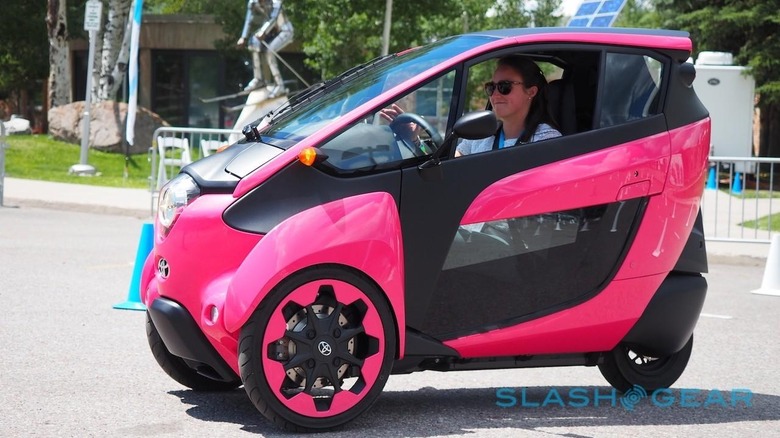
Just like the hurdles facing autonomous vehicles, figuring out a way for niche transportation options to safely and legally co-exist with traditional road traffic is going to take some time, not to mention one state putting its neck out and giving concepts like i-ROAD a chance.
SlashGear's first-drive in Tokyo, Japan

